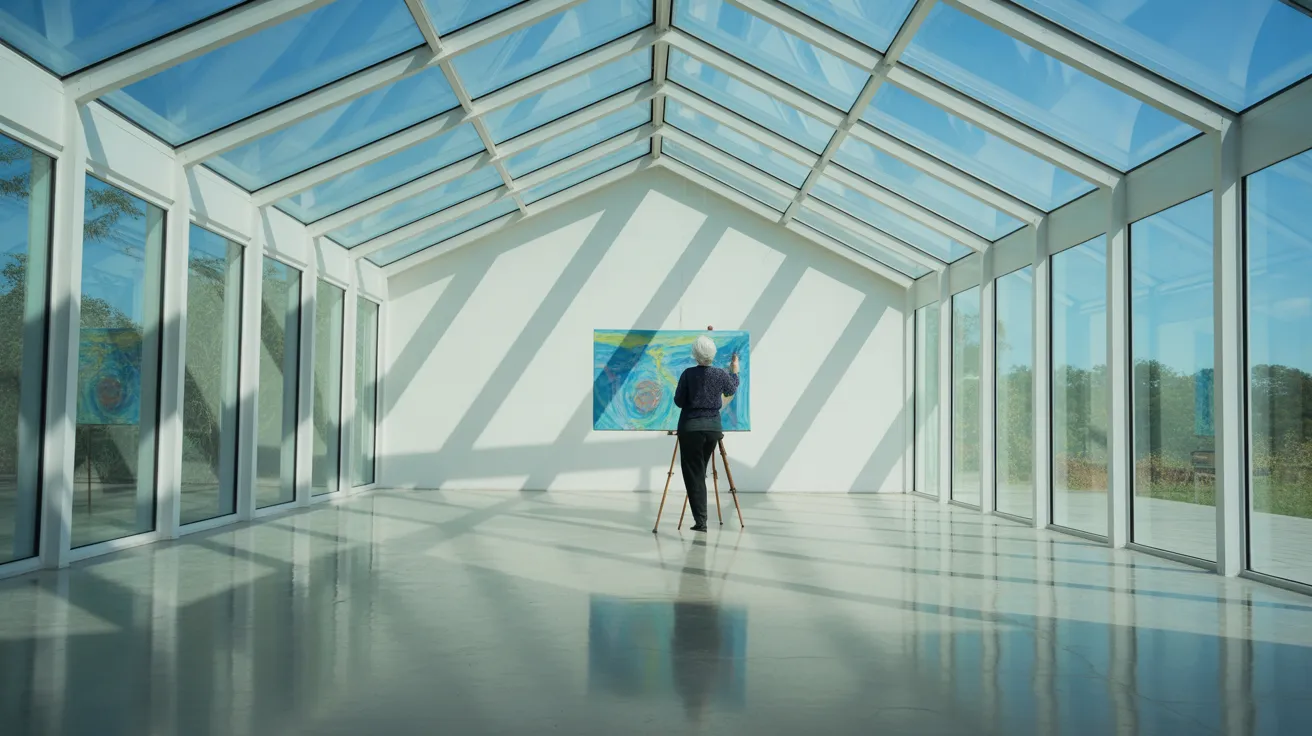
Trend #5: Color Temperature—Speaking the Language of Light
Not all light is created equal. The subtle difference between a harsh, blue-white light and a soft, golden glow can completely alter the perception of a room. Professional designers pay meticulous attention to the color temperature of every single bulb they specify. Measured on the Kelvin (K) scale, color temperature determines whether light appears warm (more yellow/red) or cool (more blue). Creating a cohesive and expensive-looking home means choosing your color temperature with intention.
Decoding the Kelvin Scale
Think of the Kelvin scale like a thermometer for light. Lower numbers are warmer, and higher numbers are cooler:
- 1000K–2700K: This is the warm, cozy, candle-like glow we associate with incandescent bulbs and sunsets. This range is ideal for living rooms, bedrooms, and dining areas—spaces where you want to promote relaxation and intimacy. A bulb around 2700K is the gold standard for residential ambient lighting.
- 3000K–4500K: This range is a brighter, more neutral white. It’s crisp and clean without being sterile. This is an excellent choice for kitchens, bathrooms, and home offices where you need clear visibility for tasks. A 3000K bulb is often a designer’s go-to for a clean, modern look that still feels inviting.
- 5000K and above: This is a very cool, blue-toned light that mimics direct daylight. While useful in commercial or workshop settings, it can feel harsh and clinical in a home, washing out colors and creating an uncomfortable atmosphere. It is generally best to avoid this range for residential interiors.
The Rule of Consistency
One of the most important lighting tips is to maintain a consistent color temperature within a single room, and ideally, across adjacent open-plan spaces. Mixing warm and cool bulbs in the same area is visually jarring and looks unprofessional. It creates a chaotic feeling and makes it difficult for the eye to adjust. By selecting a consistent Kelvin temperature for all the fixtures in a room—from the recessed lights to the table lamps—you create a harmonious and enveloping atmosphere. This unified approach is a subtle but powerful signal of a thoughtfully designed space.
Don’t Forget CRI
A related concept is the Color Rendering Index (CRI), a scale from 0-100 that measures how accurately a light source reveals the true colors of objects. A low CRI bulb can make even the most beautifully designed room look dull and off-color. For a high-end look, always choose bulbs with a CRI of 90 or higher. This ensures that your wall colors, textiles, and artwork will appear vibrant and true, exactly as you intended.
